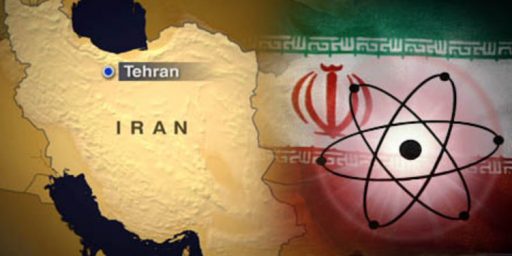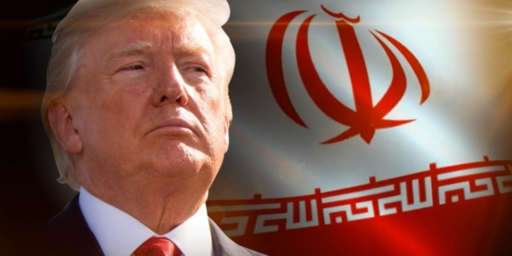Iranian Politics 101
As background for some our posts on the Iranian election, it is probably helpful to have some information about Iran’s political system. Helpfully, The Red Pill at Cadillac Tight has a lengthy primer on the design and workings of the Islamic Republic’s various directly-elected and appointed political bodies.
As Dave Schuler points out below, the Iranian political system, as currently constituted, really isn’t “capable of producing a legitimate result.” That said, given the menu of choices permitted to the Iranian people by the mullahs, the incumbent’s apparent advantage in making use of state-run media, and the role of domestic concerns in the minds of rural voters (just like Americans, voters everywhere rarely are concerned first and foremost about foreign policy issues), it is not all that surprising that Ahmadinejad would be reelected even if the actual balloting was “free and fair”—which, of course, seems unlikely.
For those of a more analytical bent, I posted some more abstract thoughts on the structure of the system at my home blog.





Thank you, Chris.
I also recommend the Washington Institute’s pre-election primer, which I believe shows that the system lacks the credibility and transparency to choose a winner.
Iranian Election Procedures